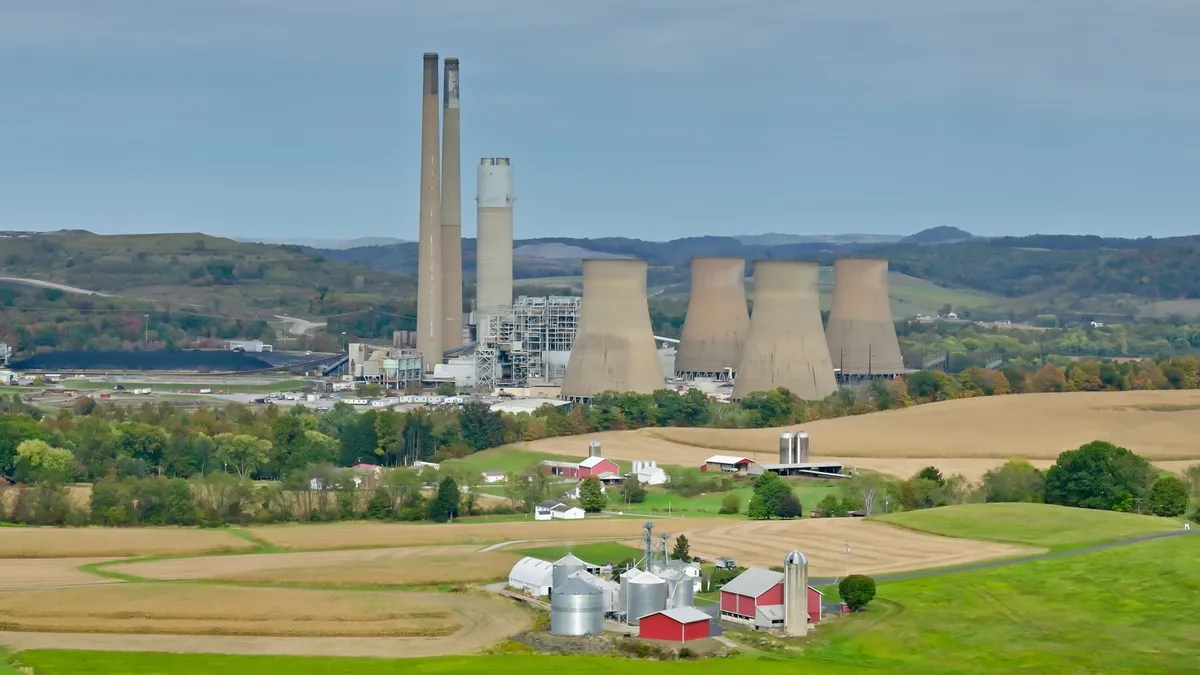PV interconnection times used to be like the weather: Everybody complained about them but nobody did much. Like a wholly centralized grid, that’s all over.
Regulators from New York to California are demanding that utilities meet strict interconnection processing time requirements. Unfortunately, it is not clear their demands are doing any good.
“Regulations do not limit process timeframes for all installations to the targets specified,” according to a new report from the National Renewable Energy Laboratory (NREL) entitled "A State-Level Comparison of Processes and Timelines for Distributed Photovoltaic Interconnection in the United States."
“Even when limiting the analysis to project sizes eligible for simplified or fast-track review, we find that interconnection process delays are common and can range from days to several weeks,” the paper states.
To better understand and describe what is happening, the NREL researchers partnered with 87 utilities in 16 states, including five states with especially active solar markets: Arizona, California, New Jersey, New York, and Colorado. They obtained data on over 30,000 solar PV installations done between 2012 and 2014 in two different size categories, residential systems of up to 10 kilowatts and small commercial systems of between 10 and 50 kilowatts.
They then established the number of days needed for four interconnection steps:
- Applying for and receiving utility interconnection review and approval
- Constructing the PV system
- Passing a final local jurisdiction building permit inspection and submitting paperwork for permission to operate (PTO, the final authorization for system operation) to the utility
- Receiving PTO from the utility
For California, New Jersey, New York, and Colorado, they then compared the days needed for utility interconnection application review and approval and PTO to the days allowed under regulatory guidelines.
How utilities are doing
There are two things going on, explained NREL Solar Analyst and report co-author Kristen Ardani. Utilities find installers' applications improperly completed, incomplete, or in need of reworking. PV installers complain that utilities hold up reviews in non-transparent, hard-to-track processes.
To resolve the impasse, regulators in some states, especially those with high solar penetrations, have set varying interconnection timeline requirements for utilities. The highest level of data suggests the requirements are having some effect, but it's been limited.
“States that have more stringent timeframe requirements have overall lower timeframes for completion of the review process,” Ardani said. “New York has one of the most aggressive timeframes that we looked at and overall New York exhibits shorter more efficient turnaround time for interconnection applications.”
On the other hand, Arizona does not have timeframe requirements yet there was no dramatic difference between its interconnection times and some of the states that do have requirements, Ardani said.
The researchers' intention was to measure what they could about interconnection processing, and not to answer the question of whether timeframe requirements matter, Ardani explained. But their work inevitably raises the question, though the answer is nuanced.
“Some states with requirements are underperformers and Arizona, a state with no regulations, falls in line with states that do have regulations but underperform,” Ardani said. “That doesn’t mean Arizona represents best practices, and it doesn’t mean there aren’t efficiency gains to be made and it doesn’t mean regulations don’t matter.”
It is also not the case that utilities regularly meet state guidelines, that more stringent timelines produce more misses, or that longer timeframes allow for more compliance, Ardani said.
“The overall impression is that some states do better and some do worse, but in general utilities exceed their required timeframes from 37% to 58% of the time,” she said. “Something is going on and there are things installers can do and things utilities can do.”
Some solutions for utilities
The paper is not intended to identify specific causes of delays, Ardani stressed.
“At the end of the day, what is important is that there are improvements in processes that could help the situation.”
The Distributed Generation Interconnection Collaborative (DGIC), a working group formed by NREL with the Solar Electric Power Association, the Electric Power Research Institute and Western Area Power Administration, is aimed at (1) identifying and overcoming information gaps, (2) addressing process and technical needs, and (3) enabling informed decision-making and planning.
“We are trying hard to engage with the solar industry and the utility industry in the discussion,” Ardani said.
Installers can look at the way they submit forms to better insure they are complete, Ardani said. Utilities can make application requirements simpler and easier to understand and easier to access so installers don’t submit incomplete applications.
And, she added, utilities can provide an online automated verification tool that identifies mistakes or incompletions in installers’ applications and refuses to allow them to be submitted until they are complete and correct.
New processes and new software have already begun to allow California utilities like San Diego Gas and Electric (SDG&E) and Pacific Gas and Electric (PG&E) to streamline the handling of interconnections and get time and cost savings in several ways, Ardani said.
For systems that have little potential to cause grid issues, California allows interconnection and PTO paperwork to be filed simultaneously when construction is complete. As a result, the paper reports, “30% of residential and 39% of small commercial projects completed separate interconnection application and PTO paperwork, compared to more than 90% of all projects sampled in Colorado, New York, and New Jersey.”
“More than half of the projects interconnected under PG&E’s standard net energy metering (NEM) program (up to 30 kW) in 2014 did so without any pre-construction utility application reviews or approvals,” the researchers found.
In addition, PG&E allows installers to submit an interconnection application before construction for projects larger than 30 kilowatts “to identify any potential adverse impacts early on and avoid costly, at-risk construction.”
According to Ardani, the two California IOUs have demonstrated that while new processes and software help customers and help utilities with customer relations, they also save the utility time and cost.
“It is an investment in their own business that they need to consider,” she said.





















